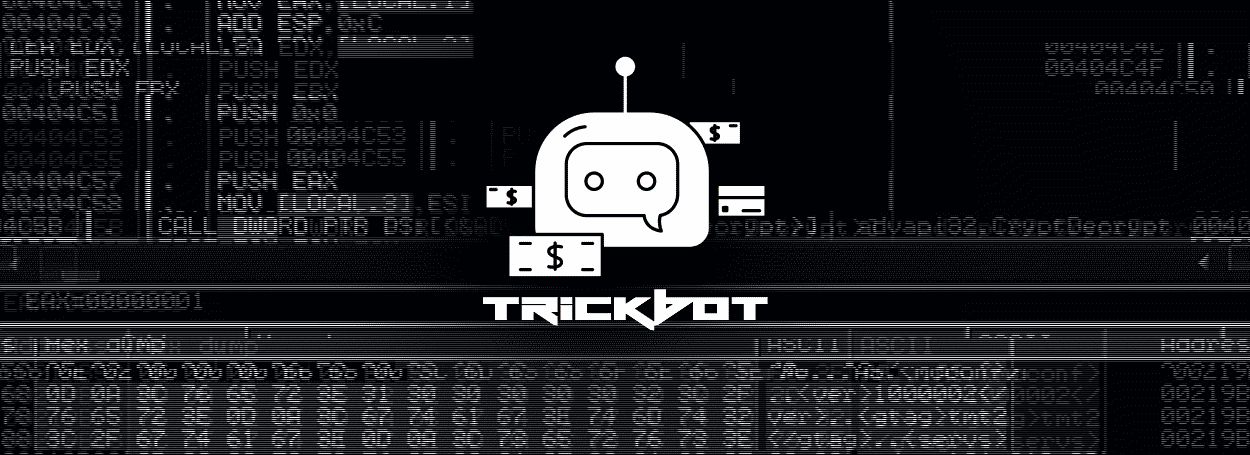
Attackers have created a fake Office 365 site that is distributing the TrickBot password-stealing Trojan disguised as Chrome and Firefox browser updates.
In BleepingComputer's testing, this fake Office 365 site found by MalwareHunterTeam looks like any site that would normally belong to Microsoft. In fact all of its links point to pages hosted on Microsoft domains.
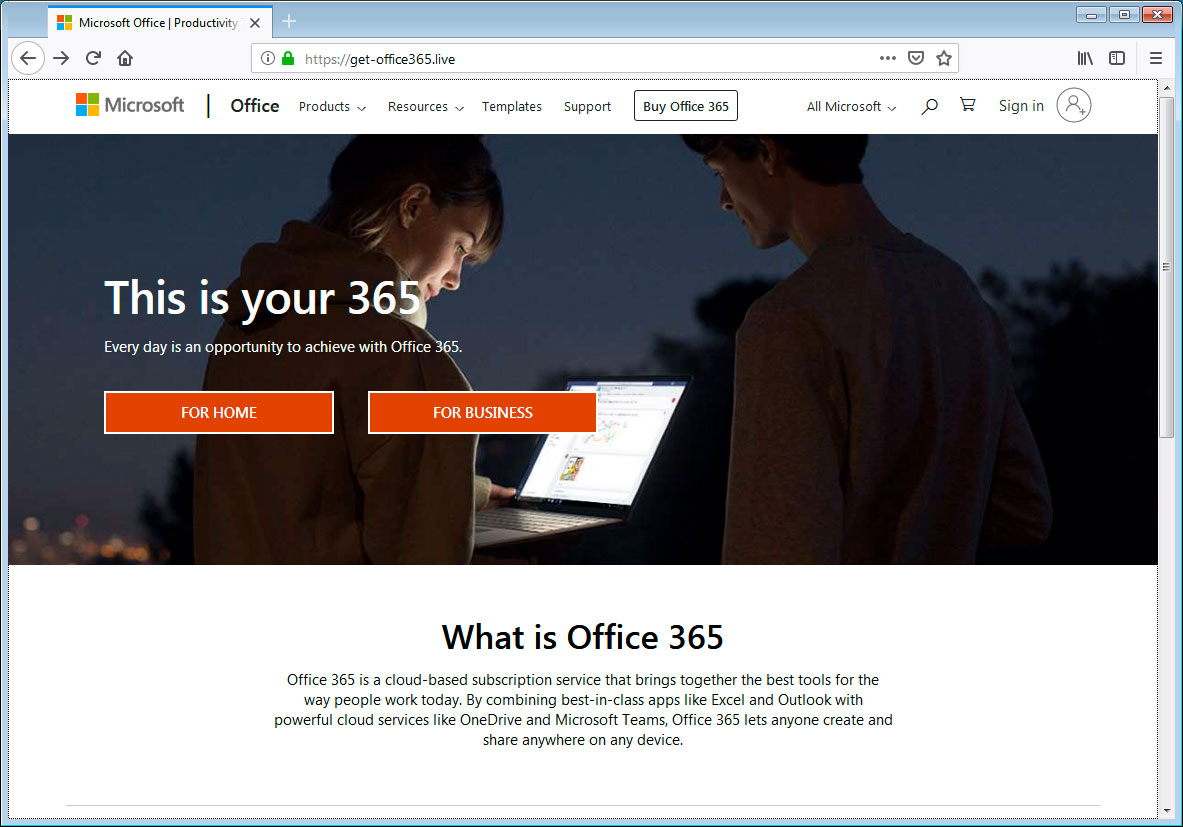
If you wait a few seconds, though, the site will present you with a alert that states your browser needs to be updated. This alert is slightly different for Chrome and Firefox users.
For example, when using Google Chrome to visit the page, it will show an alert titled "Chrome Update Center" and state that you are using an older version of Chrome that could lead to loss of data and browser errors.
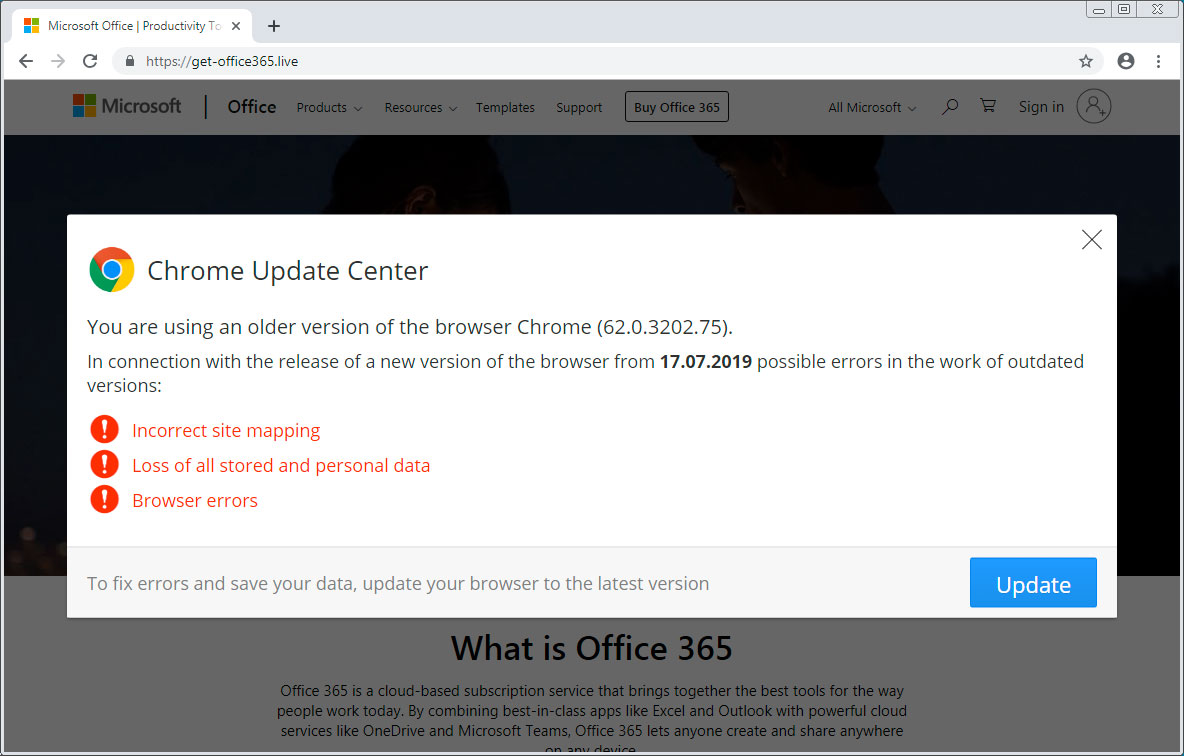
Similarly, Firefox users will see an alert titled "Firefox Update Center" that states you need to update the browser.
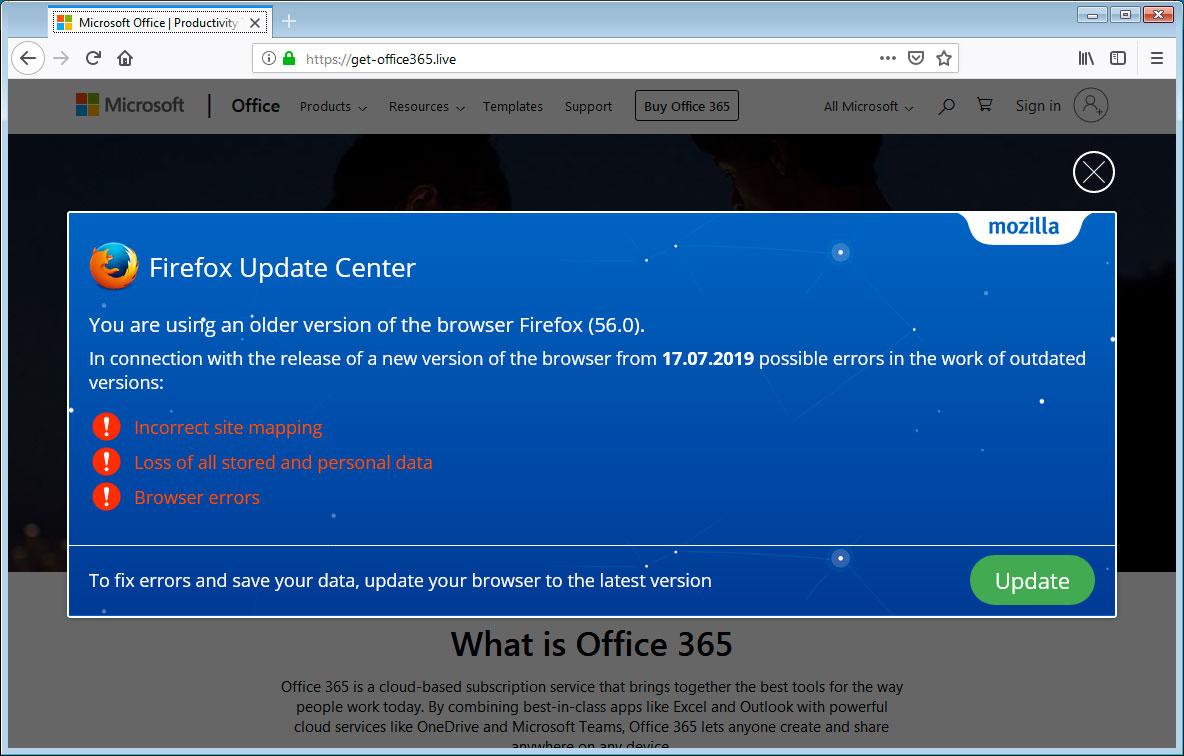
If you click on the Update button, an executable named upd365_58v01.exe will be downloaded that will install the TrickBot information-stealing Trojan on the computer. When executed, the Trojan will being injected into a svchost.exe process, so it is not readily visible or suspicious in Task Manager.
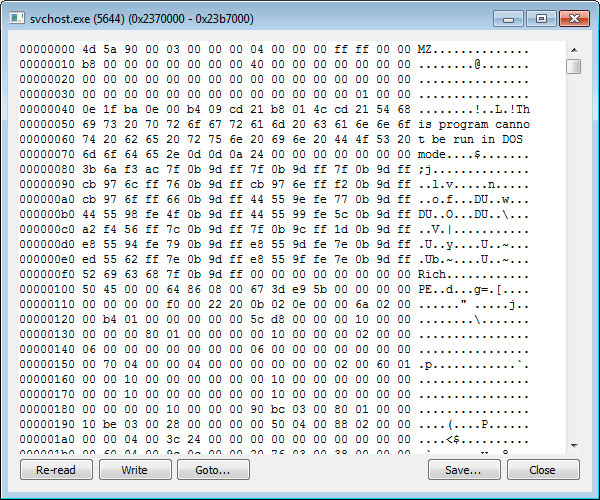
It will then immediately begin to communicate with the C2 server where it will execute a variety of modules. For example, the systeminfo64 will upload information about a victim's computer, installed programs, and Windows services.
Of more concern, though, is that you can see it launches its pwgrab64 module, which will look for and steal saved login credentials, browsing history, form autofill information, and more.

If you visited this page and installed the "update" that was offered, you should immediately perform security scans of your computer. From another computer, it is also advised that you change the passwords to any accounts you commonly use or save in your browser.
As always, never install browser updates that issue alerts stating you need to do so. Instead, only install them when directly offered by the browser's auto-update feature or when downloading directly from the browser developer's web site.


Post a Comment Community Rules
You need to login in order to post a comment
Not a member yet? Register Now